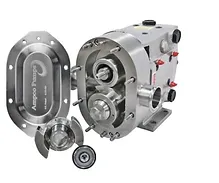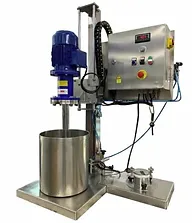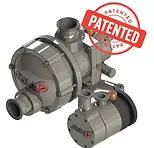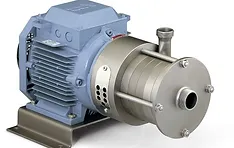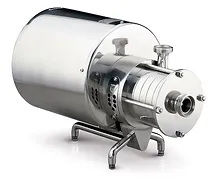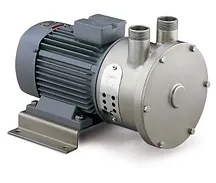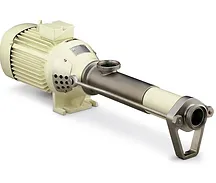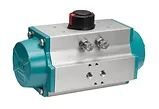CIP – Clean in Place
For the most part, the CIP process is a fully automatic process to adhere to defined process times and parameters. The cleaning operation is performed in a series of defined steps, as this flowchart illustrates. Depending on the area of use, the cleaning temperatures are up to 100 °C. A turbulent flow is also required, with flow velocities usually between 1.5 and 3 m/s, to remove all impurities. The CIP cleanability of the measuring equipment is confirmed by the EHEDG certification
SIP – SIP – Sterilization-In-Place
The SIP process, also referred to as "Steam-In-Place", is an extension of the CIP process with an additional sterilization, without the need to dismantle the plant and measuring equipment1. The sterilization of hygiene-critical processes takes place at the end of the CIP process itself. This ensures that any microorganisms still active in the system are killed with hot water or with saturated clean steam at high temperatures (> 121 °C), without the use of an autoclave2



